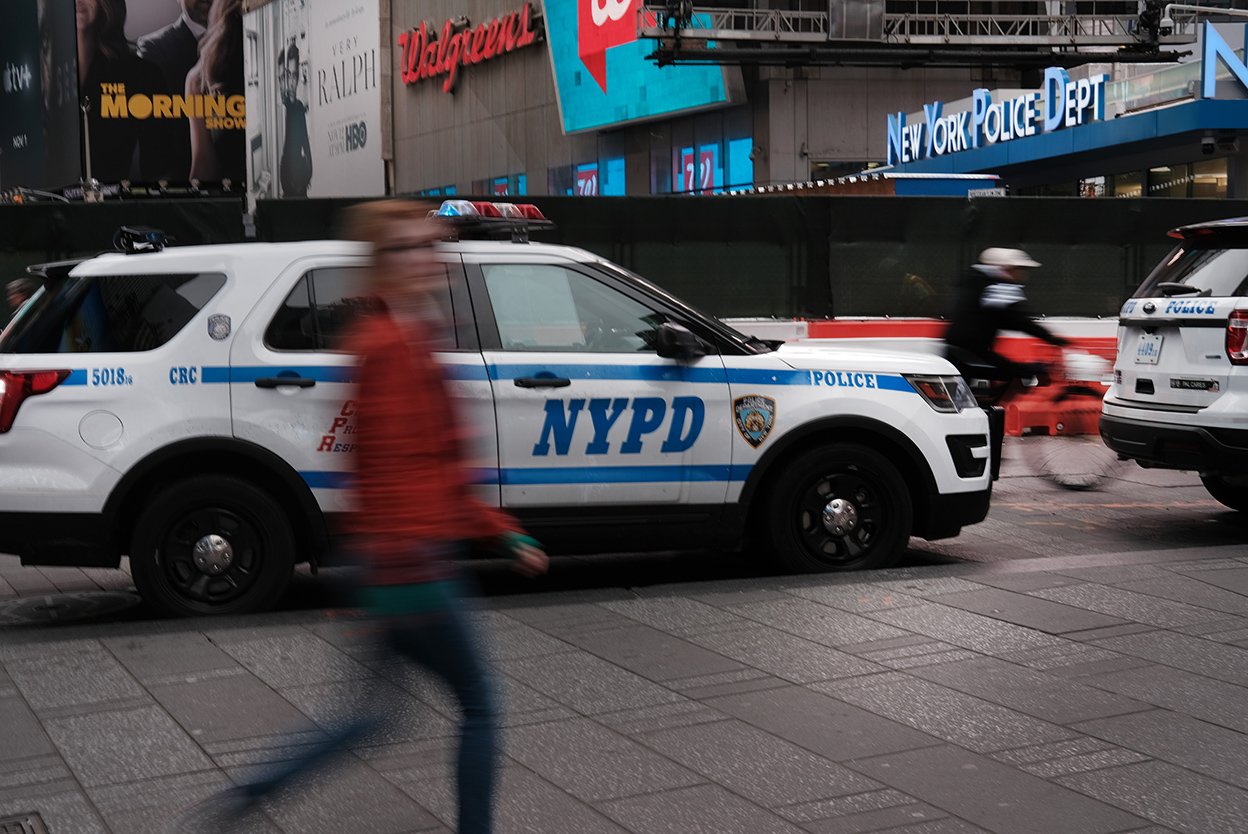Pop quiz: Was New York’s murder rate up 3 percent last year, or 8 percent? In figuring out if violent crime is rising, that’s a big difference. But under the city’s archaic system of recording murders, you could use either figure, whichever suits your narrative.
Conventional wisdom holds that if you are interested in crime trends, you should focus on murder: It’s easy to massage other crime statistics by, say, downgrading robberies to larcenies, or ignoring low-level crimes, but it’s impossible to hide a body.
But that isn’t true. There are lots of ways to hide a body — or misplace it.
Last year, Gotham recorded 318 murders, up from 295 the previous year, for a nearly 8 percent spike, the biggest increase in a decade. It was also the first time in three years the murder level has gone above 300 — maybe not important statistically, but a psychological threshold.
But wait: That isn’t actually true. Of last year’s murders, 27 were “reclassified.” That is, the city recorded the deaths as murders in 2019, but they were the result of violent acts committed years before, in some cases as far back as the 1980s. The previous year, in 2018, the city reclassified only 13 deaths, a big difference.
Adjust the murder rate for these “reclassifications,” and there were “only” 291 murders last year, up from 282, or 3 percent, a far less significant change.
For some murder victims, the police record the death as a “new” homicide because the victim recently died, even if his or her injuries were originally inflicted years ago. In most cases, though, it just took time for the NYPD to receive a death certificate.
The NYPD says “reclassifications” don’t change the murder rate much, because they happen every year. But with murders so low, they matter more: 27 reclassifications are 9 percent of homicides.
To see why even seemingly small numbers matter, consider Jacinto Suarez, a 65-year-old man pushed to the subway tracks in Brooklyn in January 2018.
The press reported Suarez’s death as a murder, using a perfectly reasonable common-sense standard: The Post characterized Suarez as a “man killed in random subway attack,” and The New York Times reported that Suarez was “killed.”
Plus, prosecutors immediately charged Suarez’s alleged assailant, Edward Cordero, with manslaughter; he will appear in Brooklyn court this week.
But where is this death in the subway-murder stats? Well, nowhere. The NYPD recorded zero subway murders for January 2018, and only one such murder for the entire year (a different murder-suicide pushing that summer). If you relied on data, not reading the papers, to assess subway crime — as a lot of supposedly smart folk do — you would never know about it.
It isn’t clear why Suarez’s specific subway death goes unrecognized. Yes, Suarez had “underlying” conditions that made the immediate cause of death unclear.
But his death certificate, though it cites the cause of death as, in layman’s terms, a heart attack, cites the manner as “homicide.” That’s been the case since two months after Suarez was killed. But we have no idea when — or whether — the NYPD updated its murder stats to include him; the NYPD didn’t respond to a request last week.
It’s important that the correct stats lead people to the right conclusions. Suarez’s assailant appeared agitated and aimless before the crime; it was an extreme example of the risk that rises when the city allows disorder to take over transit. But according to the statistical record, it doesn’t exist.
There is another risk of bad data: fraud. No one impugns the motives of any recent police commissioner. But opaque data always present a temptation. If murder is rising, why not hold back on some “reclassifications,” pushing them to next year? It isn’t dissimilar to how state government, left to its own devices, often pushes expenses into a future year to delay fixing a deficit.
Mayor Bill de Blasio and the City Council should direct the NYPD to record murders back to the year in which the violent crime that caused the death took place. This isn’t a lot of work, and it wouldn’t screw up historical data: Every year, the police would put out a new set of updated murder stats across time.
Put Suarez’s death in the subway-crime stats, where it belongs. The city that pioneered data-driven policing should make sure that it leaves no murder victim improperly counted.
This piece originally appeared at the New York Post
______________________
Nicole Gelinas is a senior fellow at the Manhattan Institute and contributing editor at City Journal. Follow her on Twitter here.
This piece originally appeared in New York Post
